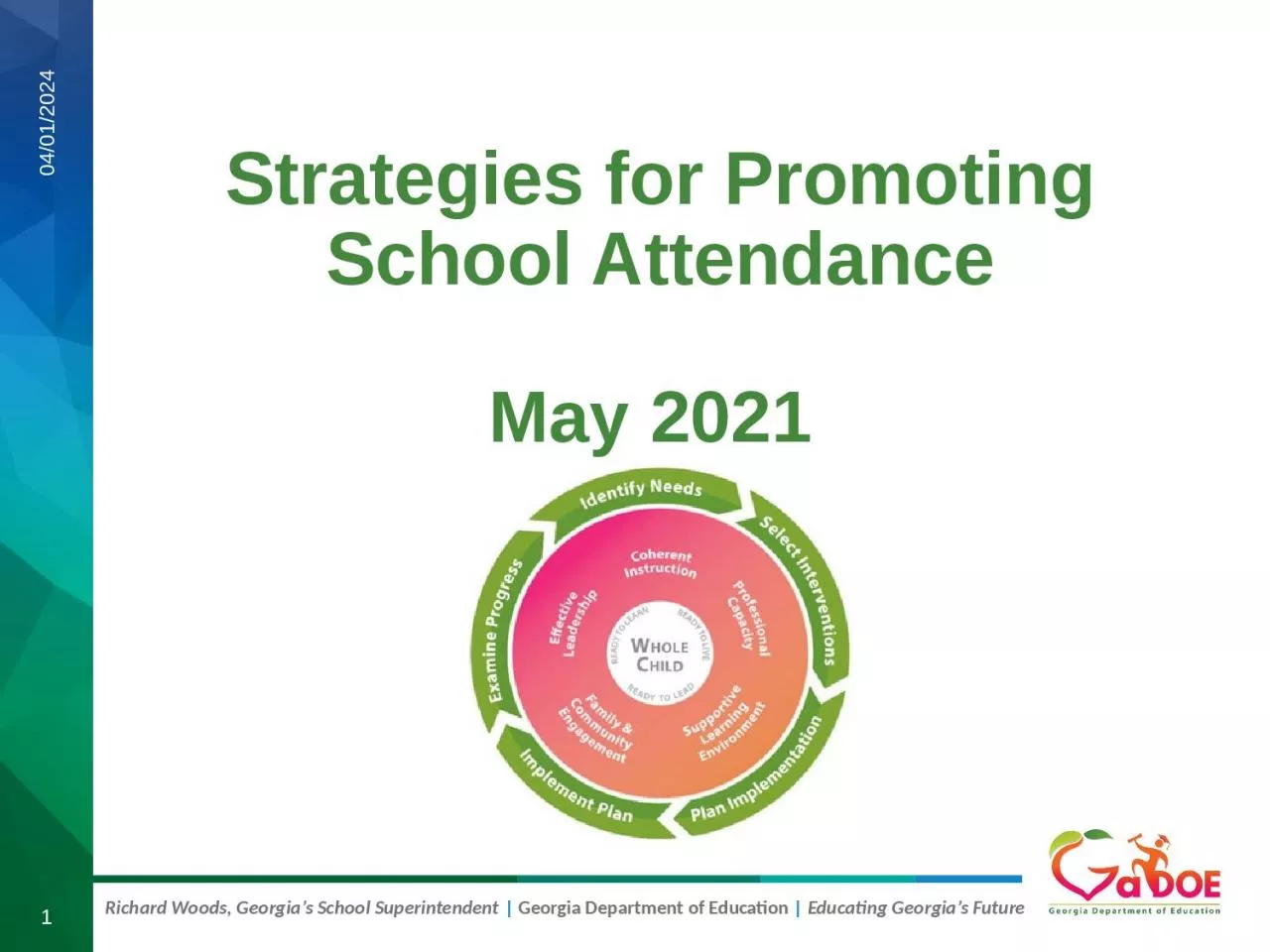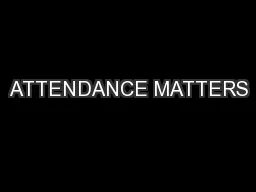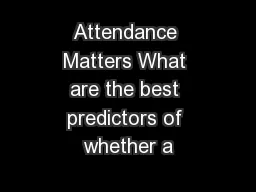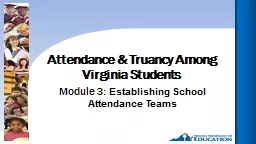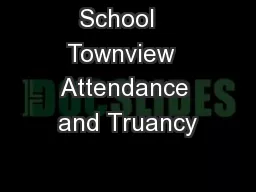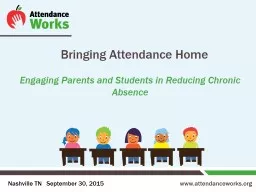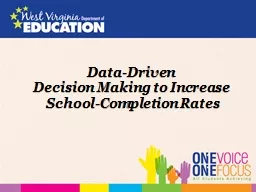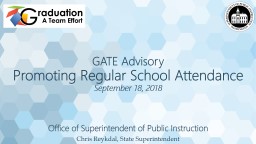PPT-Strategies for Promoting School Attendance
Author : hanah | Published Date : 2023-05-26
May 2021 10282021 1 Norms 10282021 2 Handouts Session handouts are available for download in the handouts section Handouts are also available on our SSIP webpage
Presentation Embed Code
Download Presentation
Download Presentation The PPT/PDF document "Strategies for Promoting School Attendan..." is the property of its rightful owner. Permission is granted to download and print the materials on this website for personal, non-commercial use only, and to display it on your personal computer provided you do not modify the materials and that you retain all copyright notices contained in the materials. By downloading content from our website, you accept the terms of this agreement.
Strategies for Promoting School Attendance: Transcript
Download Rules Of Document
"Strategies for Promoting School Attendance"The content belongs to its owner. You may download and print it for personal use, without modification, and keep all copyright notices. By downloading, you agree to these terms.
Related Documents

